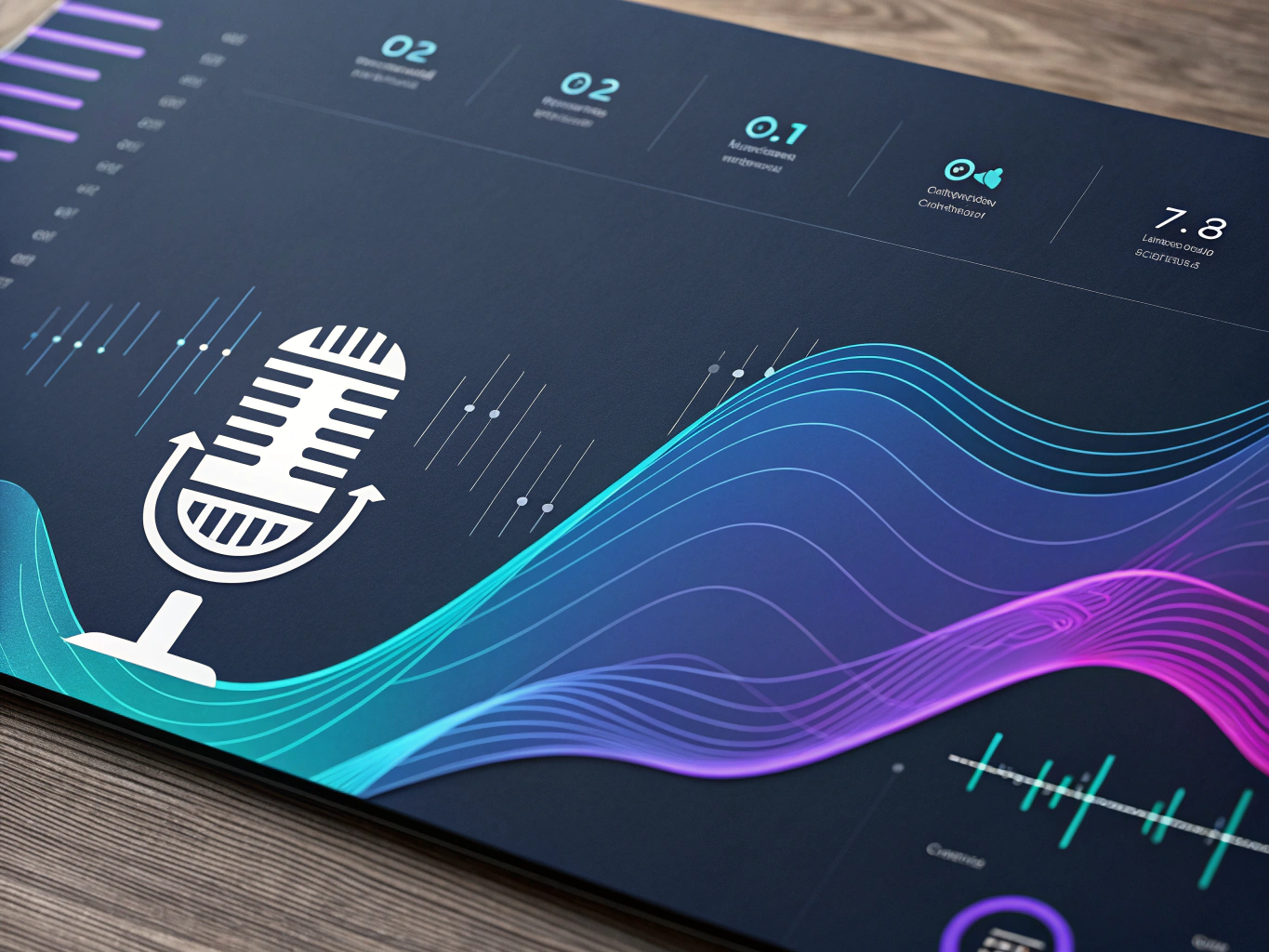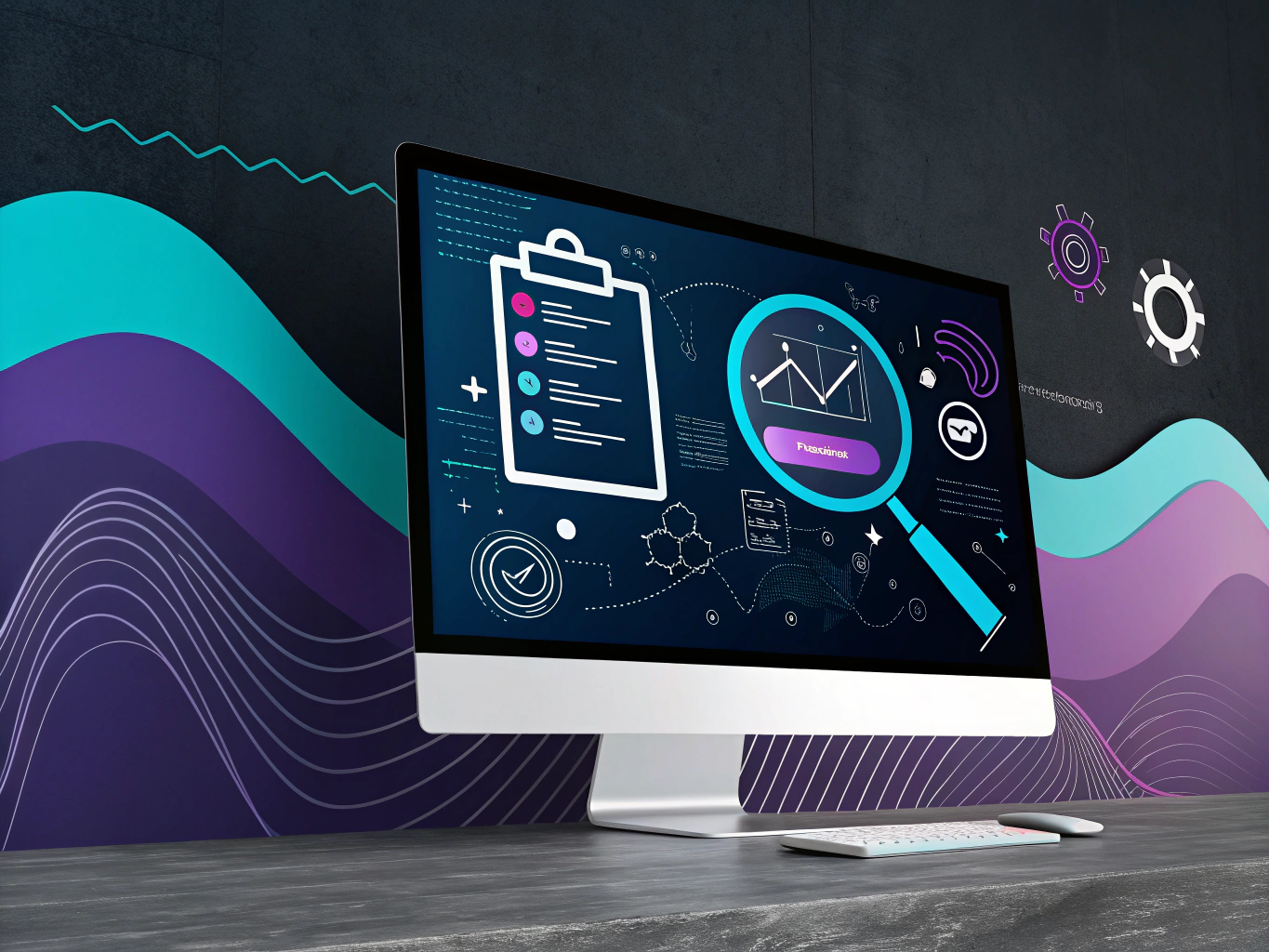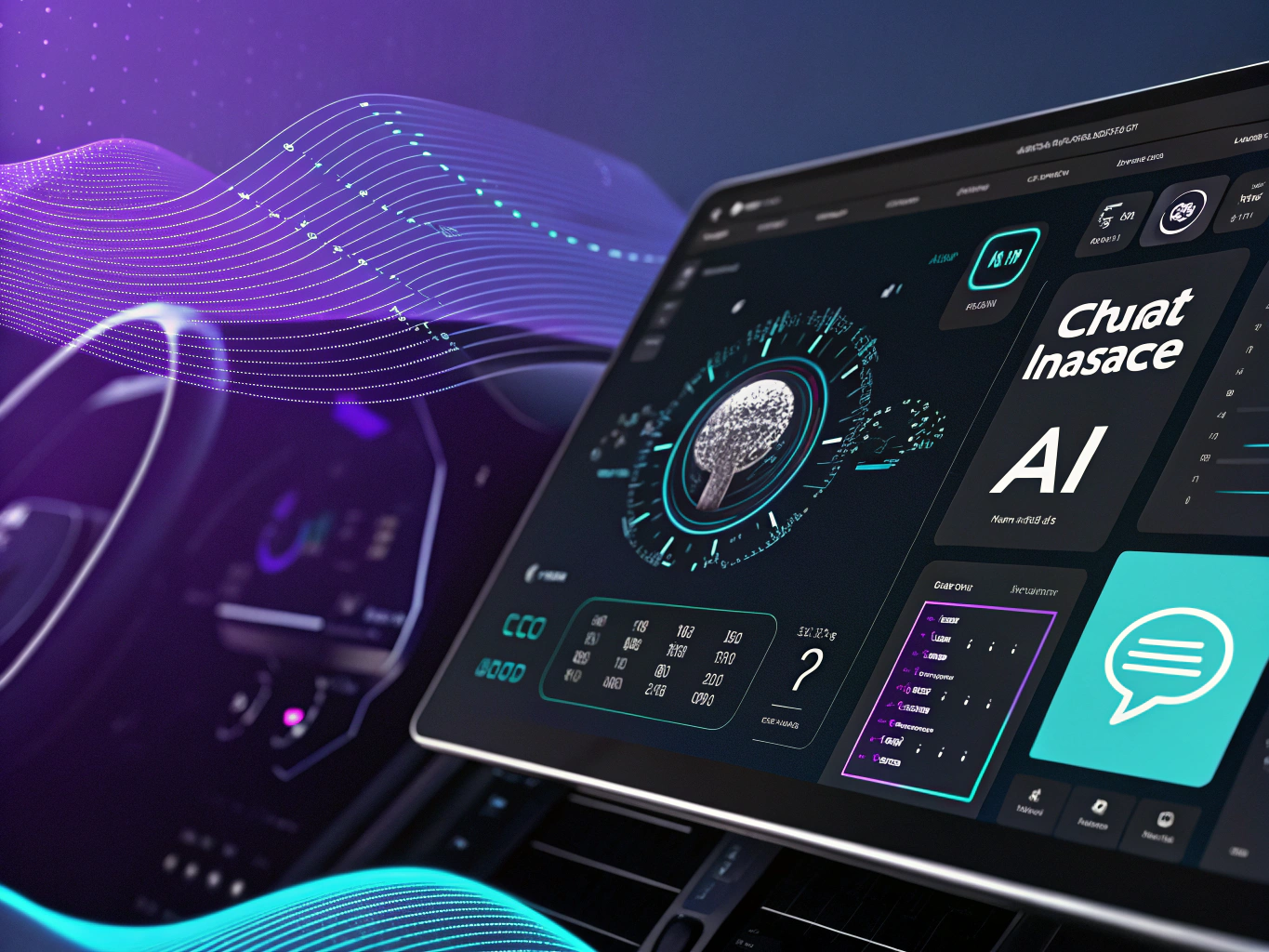Understanding the Customer Feedback Revolution in 2025
Let’s be honest – most customer feedback tools feel like they were designed by robots who’ve never actually talked to humans. They’re clunky, disconnected, and about as engaging as filing your taxes. Yet here we are, watching companies pour thousands into these systems while their customers ghost their surveys faster than a bad Tinder date.

The disconnect isn’t about the technology failing – it’s about how we fundamentally misunderstand what customer feedback software should be. We’ve cast these tools in the role of data collectors when they should be relationship builders. Think of them less like surveillance cameras and more like that really good bartender who remembers your usual and notices when something’s off.
The Evolution of Customer Feedback Software: Beyond the Survey

Remember when collecting customer feedback meant sending out a survey and praying for a 2% response rate? Those days are as outdated as dial-up internet. Modern customer feedback software is becoming increasingly sophisticated, leveraging AI and automation to gather insights from every customer interaction, whether it’s a support ticket, social media mention, or product review.
The Rise of Intelligent Feedback Management
Today’s feedback management tools are doing something revolutionary – they’re actually listening. Not just to what customers say, but how they say it, when they say it, and what they do before and after saying it. It’s like having a customer whisperer who can read between the lines of every interaction.
Tools like Productboard and UserVoice aren’t just collecting responses – they’re building comprehensive customer narratives. They’re connecting dots between feature requests, support tickets, and usage patterns to paint a picture so clear, you’d think your customers were sitting right next to you in your product planning meetings.
Why Traditional Feedback Tools Are Failing Modern Businesses
Here’s the thing about most customer feedback solutions – they’re stuck in the past, trying to solve 2025 problems with 2015 thinking. They’re like trying to use a flip phone to run TikTok. The fundamental issue? They’re built around the company’s needs, not the customer’s experience.
The Problem with Point Solutions
You’ve got your NPS tool, your survey platform, your review management system, and your feature request board. Each one sits in its own silo, collecting dust and data that never quite makes it to the people who need it most. It’s like having five different conversations with the same person, but never remembering what was said in any of them.
The New Wave of Customer Feedback Technology
The most exciting customer feedback tools hitting the market aren’t just collecting data – they’re creating conversations. They’re using AI to identify patterns, predict customer needs, and suggest actions before problems even arise. It’s like having a crystal ball, but one that actually works and doesn’t require you to wear flowing robes.
AI-Powered Insight Generation
Modern feedback management platforms are leveraging natural language processing to understand not just what customers are saying, but what they’re feeling. They can identify sentiment trends across thousands of interactions, spot emerging issues before they become crises, and even predict which features will have the biggest impact on retention.
These tools are becoming more like AI-powered customer intelligence platforms. They can automatically categorize feedback, deduplicate similar requests, and even suggest which features to build next based on actual customer value, not just who shouts the loudest.
The Integration Revolution
The best feedback tools in 2025 don’t just collect data – they connect it. They’re integrating with your CRM, your support desk, your analytics platform, and even your product itself. This creates a feedback ecosystem where insights flow freely between systems, giving you a complete picture of your customer’s journey.
Think about it like this: instead of having different security cameras watching different parts of your store, you’ve got one seamless system that can follow a customer’s entire journey, from window shopping to checkout, and understand exactly what made them buy (or not).
Choosing the Right Customer Feedback Software

Here’s where things get interesting – and where most companies get it wrong. They start by looking at feature lists and price points when they should be starting with their customers’ communication preferences. Your customers don’t care about your fancy new feedback portal if they prefer sending quick thoughts via WhatsApp.
Essential Features for 2025
The must-haves have evolved. You’re not just looking for a tool that can send surveys anymore. You need a platform that can:
- Capture feedback across multiple channels without feeling intrusive
- Use AI to identify patterns and predict trends
- Connect feedback directly to feature development and product roadmaps
- Close the loop with customers automatically when their feedback leads to changes
- Integrate seamlessly with your existing tech stack
But here’s the real secret – the best customer feedback software isn’t the one with the most features. It’s the one that fits so naturally into your customers’ lives that they don’t even realize they’re giving feedback. It’s like having a conversation with a friend who happens to remember everything you’ve ever said about their product.
Comprehensive Feedback Collection Strategies
Let’s be honest – most customer feedback software feels like it was designed by robots for robots. You’ve probably seen those endless survey forms that make you want to close the tab faster than a pop-up ad. But here’s the thing: collecting meaningful customer feedback doesn’t have to feel like filling out your tax returns.
The secret sauce of effective feedback collection isn’t just about having the right customer feedback tools – it’s about creating conversations that feel natural. Think of it like being at a dinner party. You wouldn’t start by handing your guests a 50-question survey about their dining experience, right?
Omnichannel Feedback Capture: Meeting Customers Where They Are
Modern feedback management isn’t about choosing between email surveys or website widgets – it’s about orchestrating a symphony of touchpoints. Your customers are everywhere, and your feedback collection should be too. Here’s where things get interesting:
- In-app widgets that feel like a friendly tap on the shoulder
- Email campaigns that read like they’re from a human, not a marketing bot
- QR codes that actually lead somewhere useful (shocking, I know)
- Voice of Customer programs that don’t make people regret speaking up
AI-Powered Feedback Automation: The Smart Assistant You Always Wanted
Here’s where my inner sci-fi geek gets excited. AI in customer feedback software isn’t about replacing human insight – it’s about amplifying it. Think of AI as your feedback management intern who never sleeps and has a photographic memory.
Natural Language Processing (NLP) is doing some pretty wild things with sentiment analysis these days. It’s like having a mind reader who can tell not just what customers are saying, but how they really feel about it. And unlike your human analysts, it doesn’t get grumpy after reading the 1000th piece of feedback.
Creating Feedback Portals That People Actually Want to Use
Remember that clunky feedback portal your enterprise software vendor made you use? Yeah, let’s not do that. The best customer feedback solutions create spaces where sharing thoughts feels as natural as complaining about the weather.
Here’s what actually works:
– Design that doesn’t make people question their life choices
– Incentives that feel rewarding, not desperate
– A mix of structured questions and free-form venting spaces (because sometimes people just need to rant)
Advanced Feedback Analysis: Beyond the Basic Survey
If you’re still treating feedback analysis like a glorified Excel exercise, we need to talk. Modern feedback management tools are more like having a team of data scientists in your pocket – minus the caffeine addiction and complicated jargon.
Quantitative vs. Qualitative: The Dynamic Duo
Numbers tell you what’s happening, but stories tell you why. The magic happens when you combine both. Your feedback management software should be doing the heavy lifting here, connecting dots between survey scores and those passionate midnight emails from customers.
Customer Segmentation That Actually Makes Sense
Not all feedback is created equal (sorry, not sorry). A complaint from your highest-value customer probably deserves more immediate attention than generic feature requests. Smart feedback tools help you prioritize based on real business impact, not just whoever shouts the loudest.
Connecting the Dots Across Touchpoints
Here’s where most feedback systems fall flat – they treat each piece of feedback like an isolated island. But real customer experiences are more like a complex web of interactions. Modern customer feedback solutions should be connecting feedback from your support tickets, social mentions, and product usage patterns into one coherent story.
Making Feedback Actually Work for Your Business

Let’s get real about ROI. The best customer feedback software in the world is useless if it’s not driving actual business outcomes. I’ve seen too many companies collect feedback like they’re hoarding data for the apocalypse, without any clear plan for using it.
The key is turning feedback into action. That means having clear processes for:
– Routing feedback to the right teams (automatically, because who has time for manual sorting?)
– Prioritizing changes based on actual impact, not just gut feel
– Closing the loop with customers so they know their voice matters
Measuring What Actually Matters
Forget vanity metrics. The real measure of your feedback program isn’t how many responses you get – it’s how many meaningful changes you make based on those insights. Your feedback management tool should help you track the journey from customer input to business impact.
And here’s the thing about metrics – they should tell a story that even your CEO’s grandmother could understand. If you need a statistics degree to explain your feedback analysis, you’re doing it wrong.
Measuring Success with Customer Feedback Software
Let’s be real – we’ve all been burned by software that promised the moon and delivered a lukewarm cup of coffee. The truth about customer feedback software in 2025 isn’t just about collecting responses – it’s about turning those insights into tangible business growth.
Here’s what successful companies are actually measuring (and no, it’s not just NPS scores):
The Metrics That Actually Matter
First off, throw out those vanity metrics. The number of survey responses? Cool story, but meaningless without context. What we’re looking for is impact – how feedback directly influences your bottom line.
- Time-to-Implementation: How quickly can you turn feedback into features?
- Resolution Rate: What percentage of identified issues get fixed?
- Customer Retention Delta: The difference in churn between customers whose feedback was addressed vs. ignored
Implementing Customer Feedback Solutions That Drive Growth
Think of customer feedback software like a really smart intern – one who never sleeps, doesn’t need coffee, and can process thousands of conversations simultaneously. But just like any intern, you need to give it proper direction.
The Integration Playbook
I’ve seen too many brands treat feedback management tools like they’re magical fix-it-all solutions. They’re not. The magic happens when you integrate them thoughtfully into your existing workflow. Salesforce survey tools? Great. But they’re useless if your team doesn’t know how to act on the data.
Here’s what actually works:
- Connect your feedback management software to your product roadmap
- Set up automated triggers for critical feedback patterns
- Create clear ownership channels for different types of feedback
The Future of Customer Feedback Software

Remember when we thought chatbots would replace customer service reps? Yeah, that didn’t happen. Instead, we got something way more interesting: AI-powered feedback analysis that augments human decision-making rather than replacing it.
What’s Actually Coming in 2025
The feature request management tools of tomorrow aren’t just about collecting wishes – they’re about predicting needs before customers even articulate them. We’re seeing the emergence of predictive feedback systems that can spot patterns across thousands of customer interactions and flag potential issues before they become problems.
But here’s the kicker: the best customer feedback solutions aren’t the ones with the fanciest AI – they’re the ones that make it dead simple for humans to make better decisions.
The Human Element
Look, I love AI (I mean, I built a company around it), but the future of customer feedback isn’t about removing humans from the equation. It’s about giving them superpowers. The best feedback management tools are the ones that combine AI’s pattern-recognition abilities with human intuition and creativity.
Making It All Work Together
Your tech stack shouldn’t look like a Jenga tower about to collapse. The most effective customer feedback management setups I’ve seen are surprisingly simple: they focus on integration over features, actions over analytics.
The Integration Checklist
- Does it play nice with your existing CRM?
- Can it automatically route feedback to the right teams?
- Does it support your current workflow, or force you to create new ones?
Final Thoughts: The Path Forward
Customer feedback software isn’t just another tool in your tech stack – it’s the nervous system of your customer relationship. When implemented right, it doesn’t just collect feedback – it transforms how you understand and serve your customers.
The companies that will win in 2025 aren’t the ones with the most sophisticated feedback tools. They’re the ones who use these tools to build genuine, responsive relationships with their customers. They’re the ones who understand that feedback isn’t just data – it’s a conversation.
And here’s the thing about conversations: they’re meaningless unless they lead to action. The best customer feedback solution is the one that helps you close the loop – not just collecting insights, but turning them into improvements that your customers can see and feel.
Remember: your customers aren’t just data points in a feedback management system. They’re people trying to solve real problems. Your job isn’t just to listen – it’s to understand and act. The technology is just there to help you do that better, faster, and at scale.
Now go forth and build something worth getting feedback on.
👉👉 Create Photos, Videos & Optimized Content in minutes 👈👈
Related Articles:
- The Impact of Customer Reviews on Your Amazon Product Listings
- Boost Your Seller Feedback Score on Amazon: Essential Tips
- Voice of Customer Analysis for Amazon: Key Steps to Follow
Frequently Asked Questions
What is customer feedback software?
Customer feedback software is a tool designed to collect, analyze, and manage feedback from customers. It helps businesses gather insights into customer experiences, preferences, and satisfaction levels through surveys, feedback forms, and other mechanisms. This software enables companies to make data-driven decisions to improve products, services, and overall customer experience.
What is customer feedback in CRM?
In CRM (Customer Relationship Management), customer feedback refers to the information and opinions collected from customers about their experiences with a company’s products or services. This feedback is integrated into the CRM system to provide a comprehensive view of customer interactions and satisfaction, helping businesses tailor their strategies to better meet customer needs and enhance relationships.
What is the best tool to collect feedback?
The best tool to collect feedback depends on the specific needs of a business, but popular options include SurveyMonkey, Qualtrics, and Typeform. These platforms offer versatile survey creation, distribution, and analysis features, allowing businesses to gather valuable customer insights effectively. The choice of tool should align with the company’s goals, budget, and the complexity of feedback required.
What is customer software?
Customer software refers to a broad category of applications and platforms designed to enhance customer interactions and manage customer-related processes. This includes CRM systems, customer feedback tools, helpdesk software, and more, all aimed at improving customer service, engagement, and satisfaction. Such software helps businesses streamline operations and maintain strong relationships with their customers.
What is the purpose of customer feedback?
The purpose of customer feedback is to gain insights into customer experiences, preferences, and satisfaction levels. By understanding customer opinions and needs, businesses can make informed decisions to enhance their products and services, improve customer satisfaction, and foster loyalty. It also helps identify areas of improvement and innovation, ultimately driving business growth and success.
About the Author
Vijay Jacob is the founder and chief contributing writer for ProductScope AI focused on storytelling in AI and tech. You can follow him on X and LinkedIn, and ProductScope AI on X and on LinkedIn.
We’re also building a powerful AI Studio for Brands & Creators to sell smarter and faster with AI. With PS Studio you can generate AI Images, AI Videos, Blog Post Generator and Automate repeat writing with AI Agents that can produce content in your voice and tone all in one place. If you sell on Amazon you can even optimize your Amazon Product Listings or get unique customer insights with PS Optimize.
🎁 Limited time Bonus: I put together an exclusive welcome gift called the “Formula,” which includes all of my free checklists (from SEO to Image Design to content creation at scale), including the top AI agents, and ways to scale your brand & content strategy today. Sign up free to get 200 PS Studio credits on us, and as a bonus, you will receive the “formula” via email as a thank you for your time.
